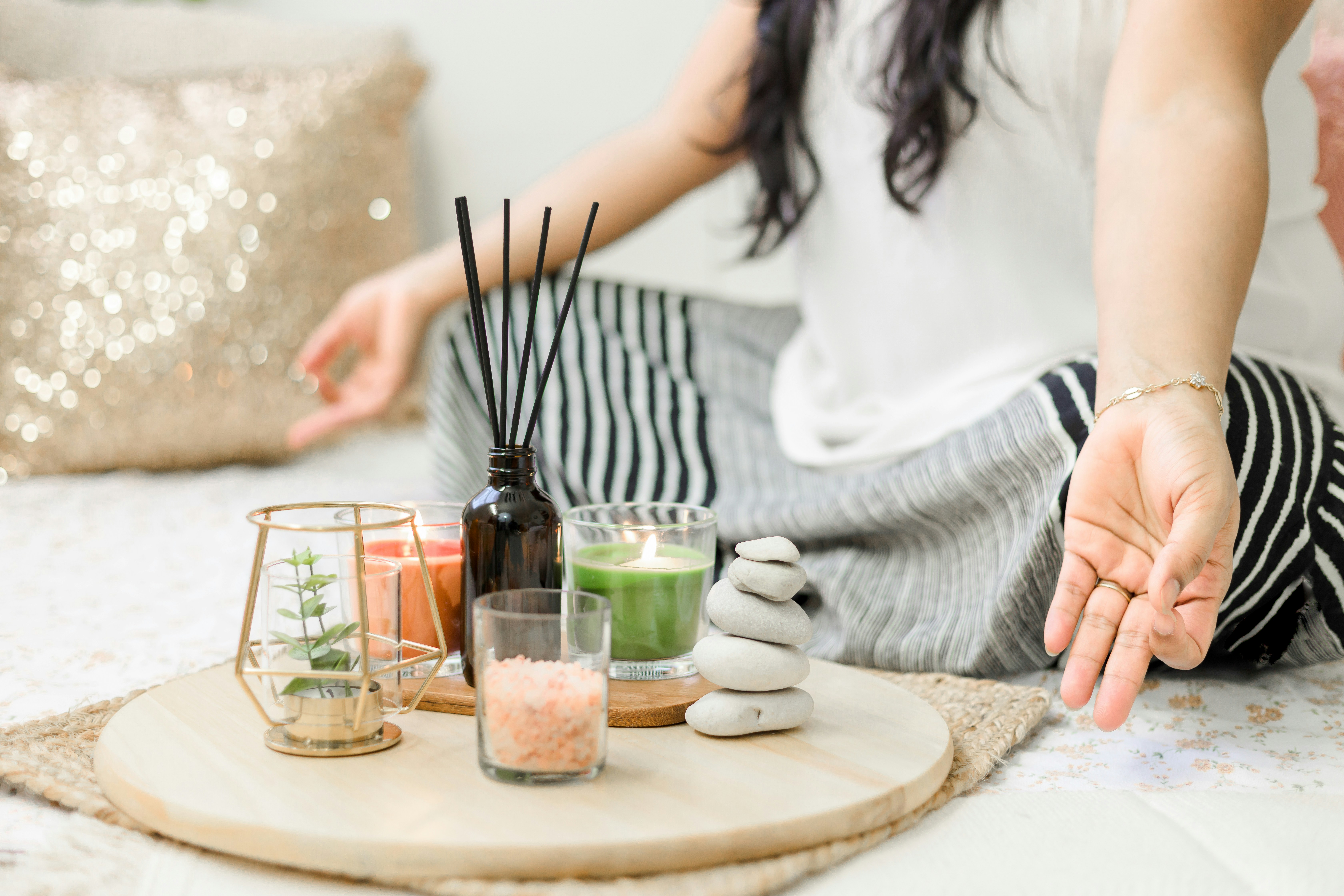The Ultimate Guide to Self-Care: Routines, Ideas, and Essentials
Understanding Self-Care Self care is often described as the intentional practice of taking action to preserve or improve one’s own health. Try these Wellness Products! Shop Natural Wellness and Beauty Products. It encompasses various activities and practices that individuals engage in to maintain and enhance their overall well-being. Furthermore, self-care plays a crucial role in balancing the mental, emotional, and physical aspects of life, ensuring that individuals can navigate their daily challenges effectively. There are several dimensions to self care, including emotional, physical, social, and spiritual well-being. Emotional self-care involves activities that help individuals understand and manage their feelings, such as journaling, talking with friends, or practicing mindfulness. Physical self care focuses on maintaining the body’s health through exercise, balanced nutrition, proper rest, and regular medical check-ups. By prioritizing physical well-being, individuals can enhance their energy levels and reduce the risk of illness. Social self-care emphasizes the importance of relationships and community support. Engaging with friends, family, and social groups can provide a sense of belonging, reduce feelings of isolation, and promote overall happiness. Finally, spiritual self-care involves activities that foster a deeper connection to one’s beliefs or values, which can include practices such as meditation, spending time in nature, or exploring philosophical questions. Incorporating self care into daily routines is not merely an indulgence; it is vital for maintaining resilience against stress and preventing burnout. The act of consciously practicing self-care communicates to ourselves that we are worthy of care and attention. Thus, understanding self-care as an essential component of a healthy lifestyle can help individuals cultivate a more fulfilling life. By acknowledging and nurturing all dimensions of self-care, one can achieve a balanced approach to health that promotes overall well-being and enhances personal growth. Creating Your Self Care Routine Establishing a personalized self care routine is an essential aspect of nurturing your mental, emotional, and physical well-being. The first step in crafting an effective self-care plan is to identify your individual needs. Reflect on the areas of your life that require attention—such as stress management, physical activity, or social connections. Take note of activities that rejuvenate you, whether they involve relaxation, creativity, or exercise, as these can form the foundation of your routine. Once you have recognized these self-care needs, it is vital to set achievable goals that resonate with your lifestyle. Consider what you want to accomplish through your self-care practices and ensure your objectives are realistic and measurable. For example, if you wish to incorporate more physical activity, aim for a specific duration of workouts per week rather than committing to a daily regimen right away. This approach will help you avoid burnout and promote sustained adherence to your self-care routine. Integrating these activities into your daily or weekly schedule is equally important. Write down your self-care practices and allocate time for them to reinforce their significance in your life. You may choose to set aside blocks of time for self-care, be it through dedicated days for leisure or brief intervals during the week. Consistency is crucial; establishing a habit of regular self-care not only fosters resilience against stress but also enhances overall life satisfaction. As you embark on this journey, be patient with yourself, gradually adjusting your routine based on your evolving preferences and demands. By prioritizing self-care through a tailored routine, you empower yourself to not only address your immediate needs but to cultivate a more balanced and fulfilling lifestyle. Self Care Checklist: Essential Activities Incorporating self-care into daily life is vital for maintaining overall well-being. A well-rounded self-care checklist can guide individuals in structuring their routines effectively across various dimensions of self-care, including physical, emotional, and social activities. Below is a categorized checklist that readers can implement: Physical Self Care Physical self care involves activities that improve bodily health and well-being. Regularly engaging in these activities can help combat stress and enhance energy levels. Key suggestions include: Emotional Self Care Emotional self-care focuses on activities that promote mental health and emotional resilience. Engaging consistently in these activities can foster a positive mindset. Some recommendations include: Social Self Care Social self-care emphasizes the importance of relationships and community connections for a balanced life. To nurture social ties, consider the following: Implementing these essential self-care activities into your routine can create a holistic approach to well-being, fostering a balanced lifestyle conducive to personal growth and happiness. Inspiring Self-Care Ideas Self-care is a vital aspect of maintaining a balanced and fulfilling life. While traditional methods such as spa days and quiet reading might come to mind, there are numerous creative self-care ideas that can enrich your daily routine. One effective approach is to engage in hobbies that bring you joy. Whether it is painting, cooking, or gardening, devoting time to activities that resonate with your interests can significantly enhance your mood and overall well-being. Such creative outlets not only stimulate the mind but also serve as a therapeutic escape from everyday stressors. Exploring nature is another powerful self-care practice. A simple walk in the park or a hike in the woods allows one to connect with the environment and benefit from the calming effects of greenery. Nature walks can also foster mindfulness, helping individuals immerse themselves in the present moment. Depending on your locality, you may consider visiting botanical gardens, scenic trails, or beaches to rejuvenate your spirit through the beauty of nature. Practicing mindfulness is an essential component of self-care that can be incorporated into various activities. Mindful meditation, deep breathing exercises, or even mindful eating encourage individuals to be present in the moment, thus reducing anxiety and promoting mental clarity. Setting aside just a few minutes each day to focus on breathing or engaging in guided visualizations can be profoundly beneficial for emotional health. Additionally, consider attending workshops or community events that align with your passions. Not only can these activities provide a break from routine, but they also offer opportunities for social interaction and personal growth. Establishing a self-care routine that includes these diverse and innovative practices can empower individuals to prioritize
The Ultimate Guide to Self-Care: Routines, Ideas, and Essentials Read More »










